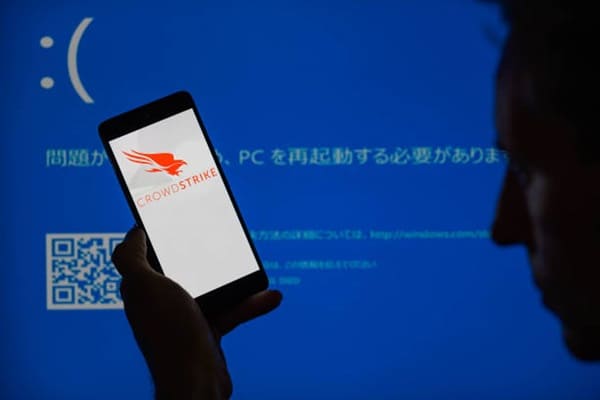Microsoft releases CrowdStrike Recovery Tool – Microsoft has released a free tool to help people recover from the faulty CrowdStrike update that led to one of the biggest IT disasters to date. The tool is designed to enable IT admins to recover from the blue screen of death boot loop that has left 8.5 million Windows machines out of action.
Microsoft releases CrowdStrike Recovery Tool:
CrowdStrike Windows Outage: Microsoft has been quick to release its own fix to address the CrowdStrike outage that affected millions of Windows computers. This fix is available as a tool that can be loaded onto a USB drive to recover the affected computers.
For those unfamiliar, on Friday, office workers, airlines, healthcare, IT, and more were all impacted by the CrowdStrike outage. This affected millions of Windows users whose computers had the CrowdStrike Falcon installed. The cause was a faulty update, which led to a breakdown of global IT facilities and services. CrowdStrike did release an update promising to fix the issue, but it hasn’t reached all affected users. Many have suggested various solutions, including booting into Safe Mode to delete the CrowdStrike update, and this Microsoft tool simplifies resolving the issue.
Microsoft’s CrowdStrike Recovery Tool:
The new Microsoft CrowdStike recovery tool comes with two distinct repair options and includes choices for those using Windows clients, servers and operating systems hosted virtually on Hyper-V.

Option one is the recommended route from Microsoft and enables recovery by using the Windows PE recovery environment. “This option quickly and directly recovers systems and does not require local admin privileges,” Microsoft said. The tool does this by way of USB to access the computer drive and delete the corrupt file automatically. Microsoft concedes that it’s not entirely automatic for some users; if BitLocker encryption is in use, then users will need to enter the recovery key manually, for example.
The second option, Microsoft said, “may enable recovery on BitLocker-enabled devices without requiring the entry of BitLocker recovery keys,” although “may” could be doing a lot of heavy lifting here. This attempts recovery from safe mode, requires an account with local admin rights and should only be used with devices “using TPM-only protectors, devices that are not encrypted, or situations where the BitLocker recovery key is unknown.”
There are some prerequisites when it comes to creating the recovery boot media that admins need to be aware of:
- A Windows 64-bit client with at least 8GB of free space from which the tool can be run to create the bootable USB drive.
- Administrative privileges on the Windows client
- A USB drive with a minimum 1GB and maximum of 32GB. All existing data on this USB will be wiped and will be formatted automatically to FAT32.
Microsoft has warned users that they should test the recovery tool on multiple devices prior to using it broadly in a live operating environment.

